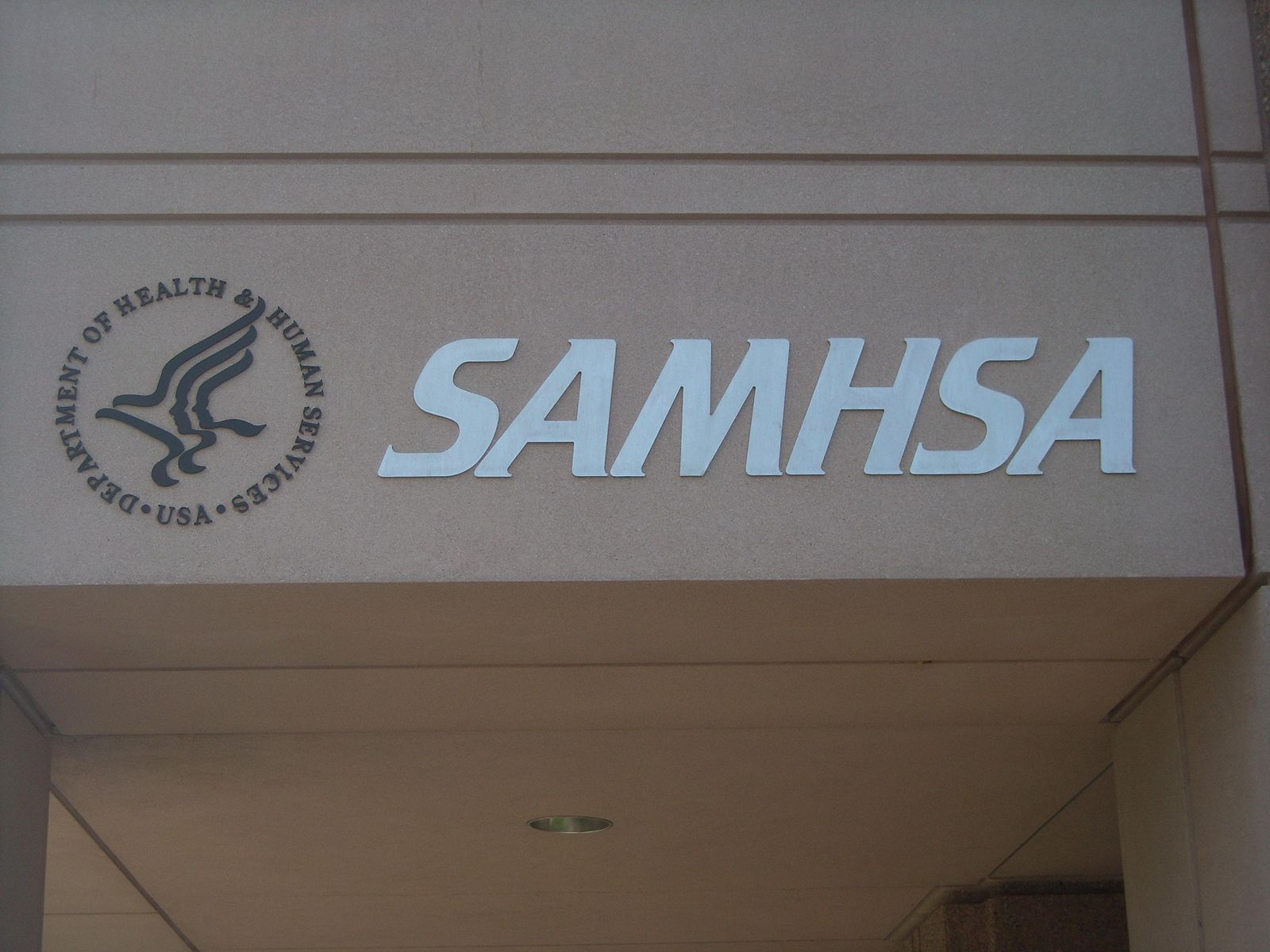President Biden has released his budget request for fiscal year 2024, including funding increases for harm reduction programs. It would end a ban on federal funds being used to purchase syringes. And the agency currently known as the Substance Abuse and Mental Health Services Administration (SAMHSA) is seeking to change its stigmatizing name—replacing the word “abuse” with “use.”
In a summary released on March 13, SAMHSA announced that Biden is asking for $10.8 billion for the agency—an increase of $3.3 billion on its 2023 budget.
Within that total, $2 billion (an increase of $425 million) would go to the State Opioid Response grant program (SOR), which gives money directly to states, territories and tribes to “address the public health crisis caused by escalating opioid misuse and substance use disorder.” According to SAMHSA, 1.2 million people have received substance use disorder treatment through SOR—including over 500,000 who received medications like methadone and buprenorphine—since the program began in 2016.
“The SOR program is discretionary grant dollars that go to a number of different things that states need to respond to the overdose crisis,” Gabrielle de la Guéronnière, vice president of health and justice policy at the Legal Action Center, told Filter. “That money can [also] be used for naloxone and overdose prevention, other supports or interventions that are effective to help people get into and maintain care.”
“In states that haven’t expanded Medicaid, the Block Grant is really the lion’s share of what pays for substance use services.”
Another $2.7 billion (up $700 million) would go to the Substance Use Prevention, Treatment and Recovery Support Block Grant, designed to provide prevention, treatment, harm reduction and recovery supports to individuals and communties nationwide. In fiscal year 2022, according to SAMHSA, this funding helped hundreds of thousands of people receive services like withdrawal management, residential care and outpatient treatment including opioid use disorder medications. The money goes to every state.
“The Block Grant is critically important to providers of substance use services, to people who need prevention treatment and recovery services,” de la Guéronnière said. “It’s the biggest discretionary money that goes to support services. In states that haven’t expanded Medicaid, it’s really the lion’s share of what pays for substance use services.”
A further sum of $50 million would be used to establish a new SAMHSA program: Community Harm Reduction and Engagement. It would allocate money to various governments as well as “broad-based community harm reduction activities.” SAMHSA estimates that the program “would reach approximately 330,000 people with harm reduction and low-threshold treatment services.”
The ban has unjustifiably hindered provision of sterile syringes.
While the initial funding would be comparatively small, de la Guéronnière believes it could signal an important new direction. “It’s exciting to see this proposal,” she said. “This would be new money to create a specific harm reduction-focused grant program that would support smaller community-based harm reduction organizations, particularly those serving people who are at risk of homelessness—and also to support substance use disorder treatment providers who are integrating harm reduction practices into their programs.”
The latest budget request also seeks to end the federal ban on funding for syringes. “Should this policy change be enacted, this program would also allow grantees to purchase syringes using federal funds,” SAMHSA states. The ban has unjustifiably hindered provision of sterile syringes—a practice demonstrated for decades to protect health and save lives among people who use drugs.
“[It’s] a real barrier as programs around the country that provide essential harm reduction services are unable to spend federal dollars on syringes to prevent spread of infectious diseases and keep people healthy,” de la Guéronnière said, calling the proposed change “very good to see.”
In a more symbolic move—but one that advocates will welcome as both meaningful and overdue—SAMHSA is asking Congress to change its own name by removing the term “substance abuse.” The renamed agency would go by “Substance Use and Mental Health Services Administration.” The White House has also requested an equivalent change to the National Institute on Drug Abuse (NIDA), among other agencies, and there have been a number of past attempts to change these names in Congress.
This language creates real-world harms.
Many people have long pointed out that “substance abuse” is a stigmatizing and harmful term. Journalist and author Maia Szalavitz, for example, wrote about this in 2017:
“Abuse” is an ugly word. “Child abuse,” “sexual abuse,” “physical abuse,” “emotional abuse,” “domestic abuse.” And then, of course, there’s “substance abuse.”
But one of those things is not like the others: In all of the other types of abuse, there is a perpetrator who is harming a victim.
She went on to describe evidence of how this language creates real-world harms: In one study, mental health practitioners were asked to make recommendations for two hypothetical patients—one described as a “substance abuser,” the other as a person with “substance use disorder”—who had resumed using drugs during court-ordered treatment. The professionals were more likely to recommend punitive approaches (as opposed to further treatment) for the former.
De la Guéronnière agreed that “abuse” has “very negative” connotations, and that “it gets translated to people who use drugs.” She emphasized the “tremendous amount of stigma and discrimination that people with substance use history face,” and welcomed the proposed name-change.
With a Republican-controlled House, it’s hard to be certain how the budget request will fare in Congress. But de la Guéronnière hopes for more willingness among lawmakers to reject abstinence-only based policies in favor of a harm reduction-oriented spectrum of care.
“There’s continued need for people in our communities to speak out about the need for community-based services,” she said, urging people to reach out to their members of Congress in support.
Photograph by Amiaheroyet via Wikimedia Commons/Creative Commons 3.0




